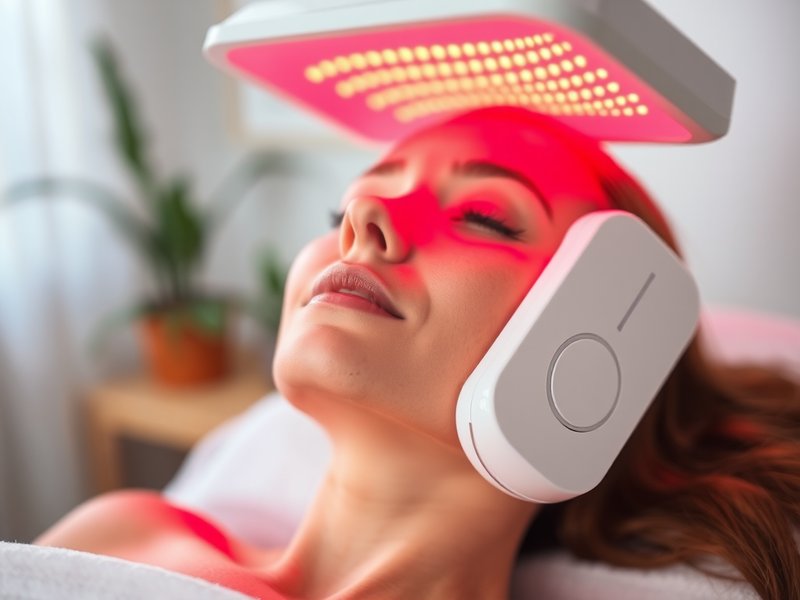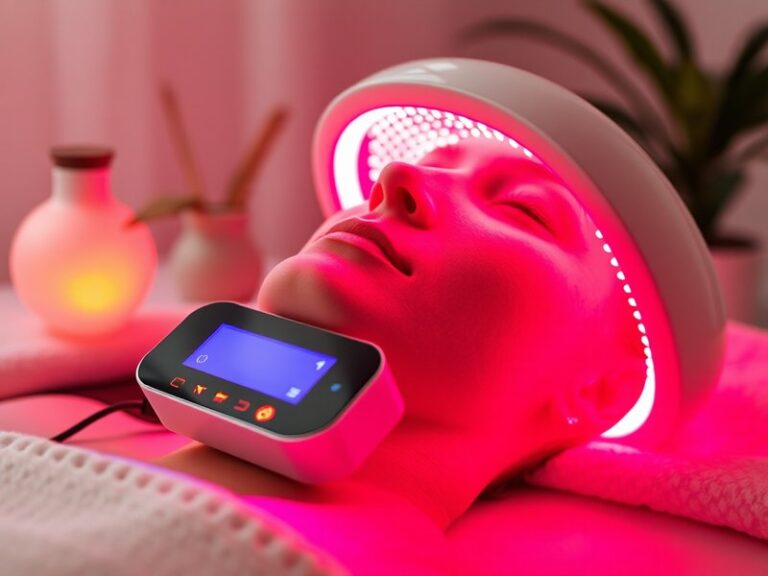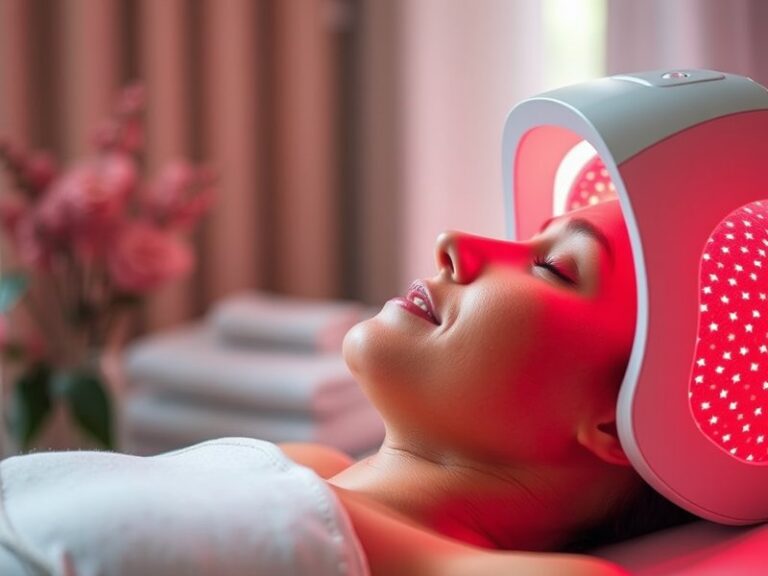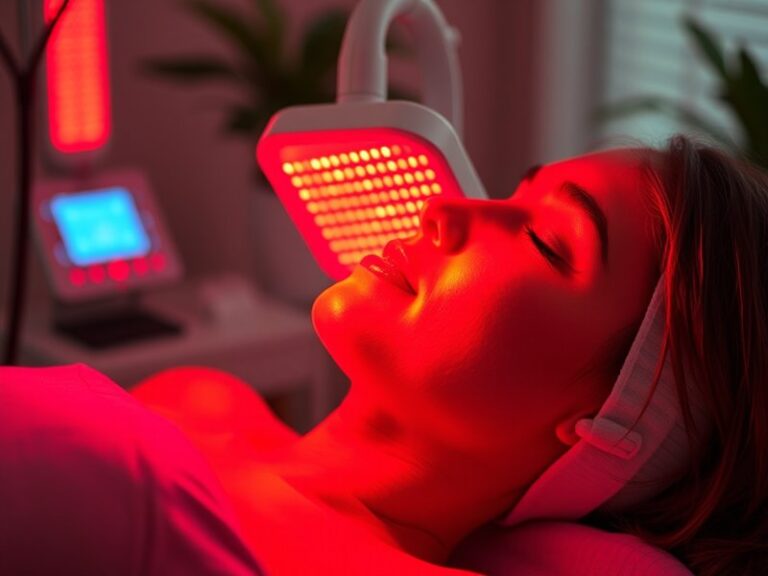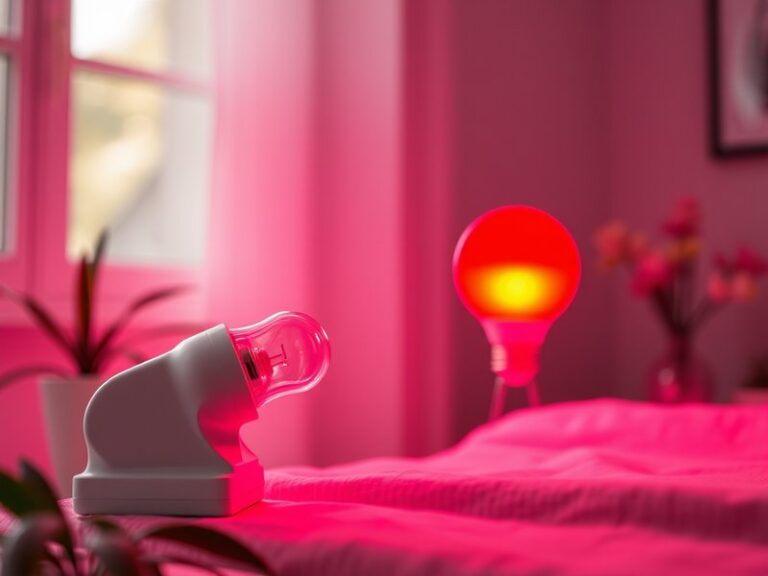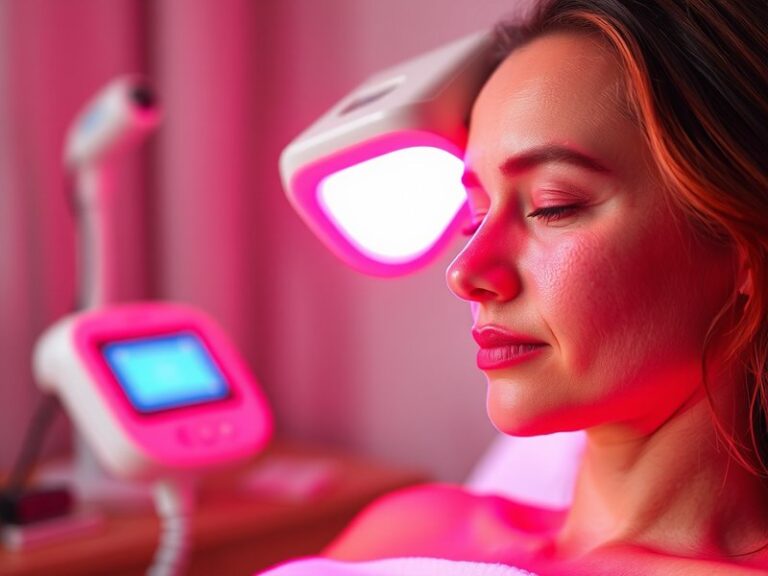Does Red Light Therapy Help Seborrheic Keratosis?
Does Red Light Therapy Help Seborrheic Keratosis?
Have you ever wondered if red light therapy could be a solution for those pesky skin growths known as seborrheic keratosis?
This article will explore the potential benefits of red light therapy for managing seborrheic keratosis, a common but often misunderstood skin condition. We’ll cover what seborrheic keratosis is, the advantages of red light therapy, if it can be effective, and other treatment alternatives available.
Key Takeaways
- Red light therapy may improve the appearance of seborrheic keratosis by reducing inflammation and promoting skin healing.
- Results can vary, and it may not be effective for everyone.
- Alternative treatments exist, and it’s essential to consult a healthcare professional before starting any new therapy.
What is Seborrheic Keratosis?
Seborrheic keratosis is a benign skin growth that typically appears as a scaly, elevated lesion on the skin. These growths can vary in color from light tan to black and often have a greasy or waxy appearance. They are most commonly found on the torso, face, scalp, and arms and usually become more prevalent with age.
While seborrheic keratosis is not harmful, it can be bothersome, especially if it becomes inflamed or irritated. Understanding the nature of these growths is important for exploring treatment options, including the emerging field of light-based therapies.
What are the Benefits of Red Light Therapy?
Red light therapy is a non-invasive treatment that uses low-level wavelengths of red light to promote healing and reduce inflammation. The following benefits are particularly relevant for those dealing with seborrheic keratosis.
Promotes Skin Healing
Red light therapy can enhance the skin’s natural healing processes, facilitating faster recovery from skin lesions and reducing the visibility of seborrheic keratosis over time.
Reduces Inflammation
By targeting the skin with specific wavelengths of light, red light therapy may reduce inflammation, which can lead to a decrease in symptoms such as redness and irritation associated with seborrheic keratosis.
Stimulates Collagen Production
This therapy is known to stimulate collagen production, an essential protein for skin health. Increased collagen can improve skin texture, potentially leading to a less pronounced appearance of keratosis lesions.
Additional Benefits
- Non-invasive nature: Unlike surgical options, red light therapy is painless and requires no downtime.
- Convenient treatments: Sessions can be conducted in various settings, including clinics and at home with portable devices.
Is it Possible to Use Red Light Therapy for Seborrheic Keratosis?
Utilizing red light therapy for seborrheic keratosis is indeed an option and has gained traction among individuals seeking alternative treatments for skin lesions. Research is still ongoing, but preliminary studies suggest that red light therapy can help shrink or fade these benign growths.
Read the full story How Is Red Light Therapy Done?
What are the Advantages of Red Light Therapy?
- Accessibility: Many devices are now available for personal use, making it easier to incorporate therapy into your skincare regimen.
- Minimal side effects: Compared to surgical or chemical treatments, red light therapy typically has few side effects, making it suitable for many skin types.
- Complementary therapy: It can be used alongside other treatments, enhancing overall results.
What are the Disadvantages of Red Light Therapy?
- Variable results: Not everyone will experience significant improvements, and results can vary based on skin type and severity of lesions.
- Time commitment: Regular sessions might be required to see results, which may be inconvenient for some individuals.
- Initial cost: While home devices are increasingly available, they can still represent an investment.
What are the Things to Consider Before Starting Red Light Therapy?
Before embarking on red light therapy, several important factors should be considered to ensure safety and effectiveness.
Consult with a Dermatologist
Always consult a healthcare professional or dermatologist before starting any new skin treatment to discuss individual circumstances and possible outcomes.
Set Realistic Expectations
Understand that while red light therapy may help manage symptoms, it is unlikely to completely eliminate seborrheic keratosis, especially for larger or more established lesions.
Consistency is Key
For the best results, commit to a regular treatment schedule, as sporadic use may not lead to noticeable improvements.
Monitor Skin Changes
Keep track of any skin changes during therapy. If adverse reactions occur, discontinue use and consult a healthcare professional.
What are the Alternatives to Red Light Therapy?
There are several alternative treatment options available for seborrheic keratosis that individuals may consider.
Cryotherapy
This method involves freezing the lesions with liquid nitrogen. Cryotherapy is effective and usually results in minimal discomfort.
Electrosurgery
Electrosurgery uses electric currents to remove seborrheic keratosis. It can provide immediate results but may lead to scarring if not performed correctly.
Topical Treatments
Some creams and ointments prescribed by dermatologists can help reduce the size and visibility of seborrheic keratosis.
Surgical Excision
For larger lesions or those causing discomfort, surgical removal may be the best option. This procedure is done under local anesthesia and has a low risk of recurrence.
Conclusion: Is it Recommended to Use Red Light Therapy for Seborrheic Keratosis?
While red light therapy shows promise in helping manage seborrheic keratosis by promoting skin healing, reducing inflammation, and stimulating collagen production, results can vary from person to person. It is advisable to consult with a dermatologist to determine if this therapy aligns with your individual skin care goals and conditions.
Frequently Asked Questions
Can red light therapy completely remove seborrheic keratosis?
No, while it may reduce the appearance of lesions, complete removal is not guaranteed, and results can differ among individuals.
Learn the background in Can Red Light Therapy Regenerate Cartilage?
How often should I undergo red light therapy?
Typically, sessions are recommended 2-3 times per week initially, but it’s best to follow your practitioner’s advice tailored to your skin type and condition.
Are there side effects to red light therapy?
It is generally well-tolerated, with minimal side effects. Some may experience temporary redness or sensitivity, but these will typically resolve quickly.
Is red light therapy suitable for all skin types?
Yes, red light therapy is considered safe for most skin types, but consulting with a healthcare professional is recommended, especially if you have specific skin concerns.
How long does it take to see results from red light therapy?
Some individuals may notice improvements after a few sessions, while others may take several weeks for noticeable results. Consistency is important.
